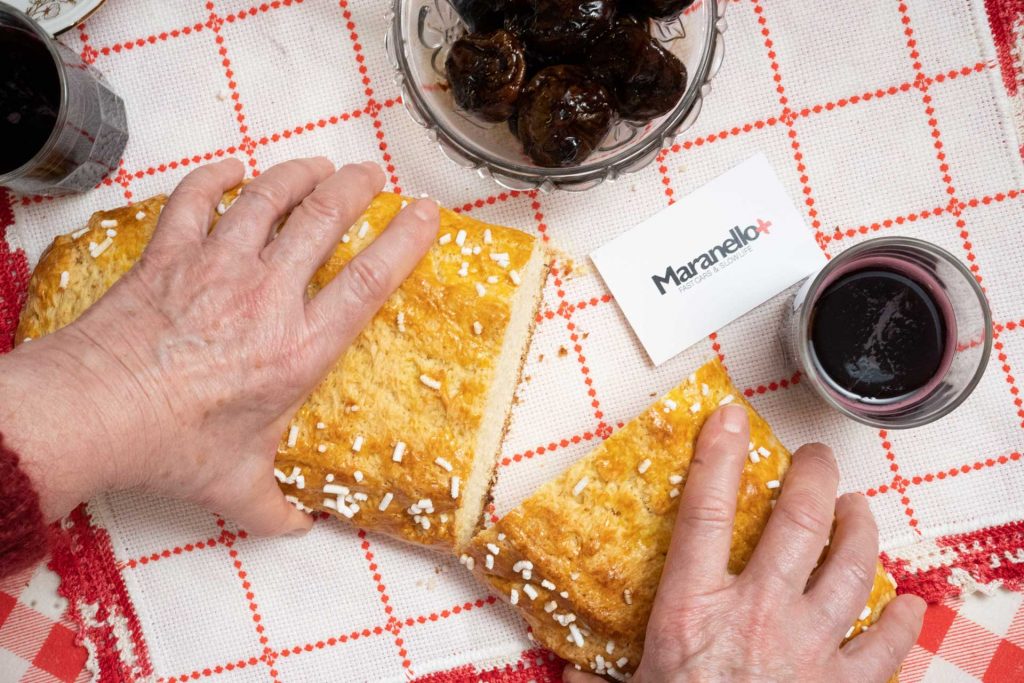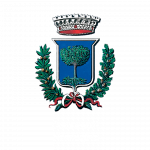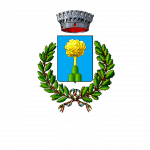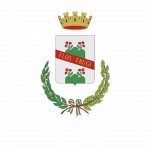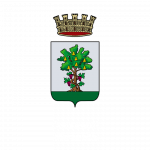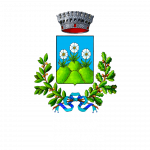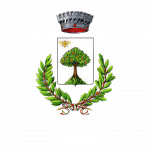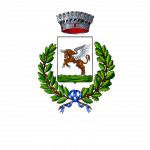An easy recipe and a few simple ingredients for the oldest of Modena desserts
HISTORY OF THE BENSONE OF MODENA
The origins of Modena’s most famous and oldest cake are thousands of years old. As early as the 13th century, the Modenese community offered it to the blacksmiths’ guild and the goldsmiths’ guild for the day of their patron Saint Eligius, December 1, and not infrequently also for Saint Anthony. There are many hypotheses as to its origin, including those related to its name. Some speculate, for instance, that bensone derives from the French pain de benson, the bread of blessing since it was often used during religious ceremonies. Others argue that it derives from the French term pain de son, or bran bread, as un-sifted flour was once used to make the cake. Bensòun, as it is called in the traditional Modenese dialect, is an oblong-shaped cake with a dry consistency, which is prepared with a few simple ingredients including sugar, which only arrived in the original recipe in 1747, when Sigismondo Margraff discovered the presence of sucrose in beetroot. Previously, honey was used.
ANY TIME IS THE RIGHT TIME TO ENJOY BENSONE, A CLASSIC THAT EVERYONE LOVES!
Every self-respecting Modenese person has tasted at least one slice in one’s life. Bensone is a genuine, simple cake that everyone likes. It can be enjoyed in many different ways and the traditional recipe calls for it strictly without filling, although there are several versions with more or less typical fillings, from jam to chocolate cream. It is delicious at breakfast with a nice cup of milk, at snack time with a nice glass of juice but, by authentic tradition, it arrives at the table at the end of the meal when the last drop of Lambrusco remains. Then little by little the bensone soaks into the glasses, its golden dough becomes soft and with purple hues marks a happy conclusion to the festive feast.
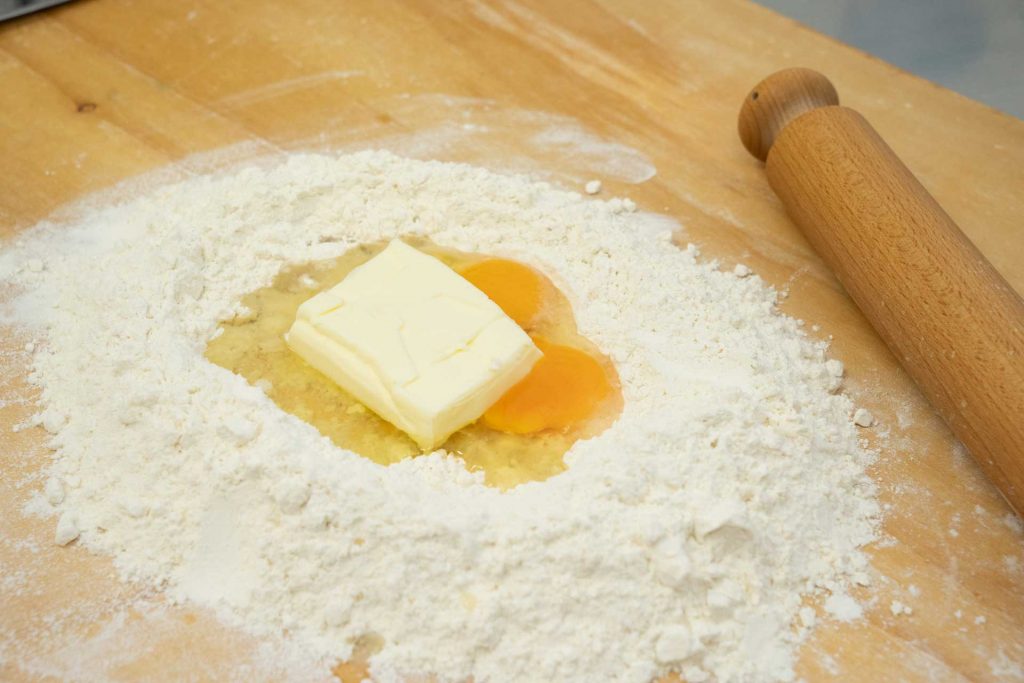
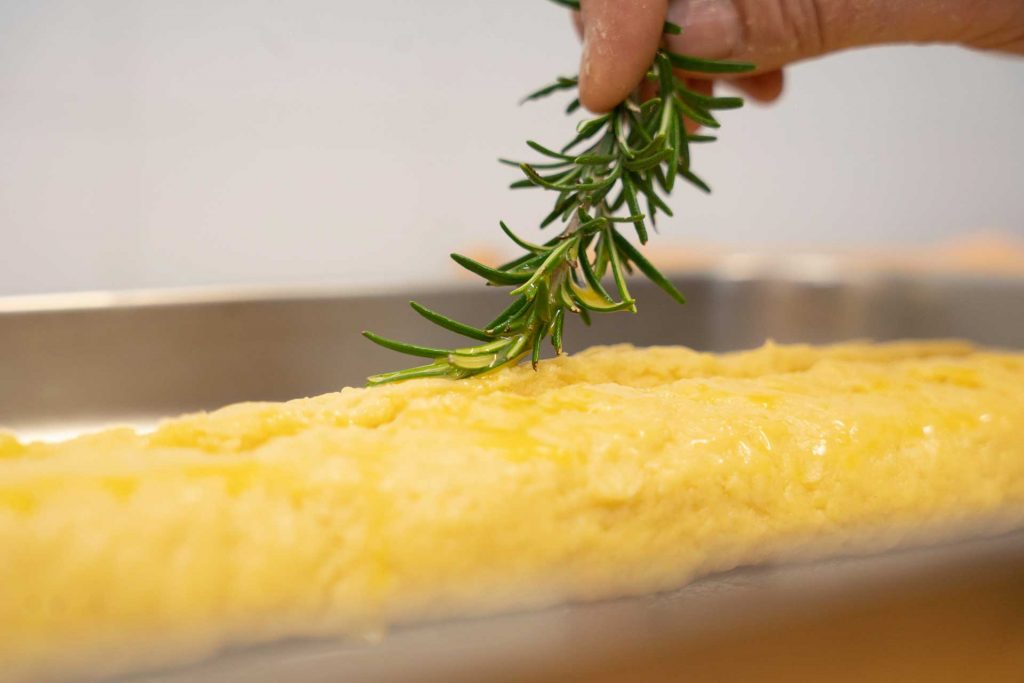
THE RECIPE FOR THE TRADITIONAL BENSONE ACCORDING TO THE MARANELLO REZDORE
Ingredients
- 400 g Type 0 flour
- 120 g sugar
- 100 g butter
- 2 eggs
- Half a sachet of baking powder
- 2 tablespoons Sassolino liqueur
- Lemon zest
- Salt
- Milk
- Granulated sugar for decoration
Method
Pour the flour onto a pastry board or into a bowl in the classic fountain shape, together with the sugar, baking powder and a pinch of salt. Pour in the centre the eggs, the softened butter at room temperature, the grated lemon zest and, lastly, add the milk and the Sassolino liqueur, just enough to mix. Knead until you obtain a soft and homogeneous, somewhat sticky consistency. Then transfer the dough onto a baking tray lined with baking paper and give it a slightly elongated shape, flattening it a little on the surface. Brush with egg yolk, add granulated sugar and bake in a static oven preheated to 180° for about thirty minutes.
How did it used to be made?
We have already mentioned how honey was once among the main ingredients when sugar had not yet been discovered. Another historical curiosity, again related to sugar, is that granulated sugar has only recently replaced caster sugar. An anecdote linked instead to the kitchen utensils used for Modena’s most traditional cake is that of using a sprig of rosemary, or a stick found in the countryside, to brush the surface before baking.
We would like to thank the Comitato Maranello Tipico and the Ortinsieme Association of Maranello for their valuable help in reproducing the dishes.
